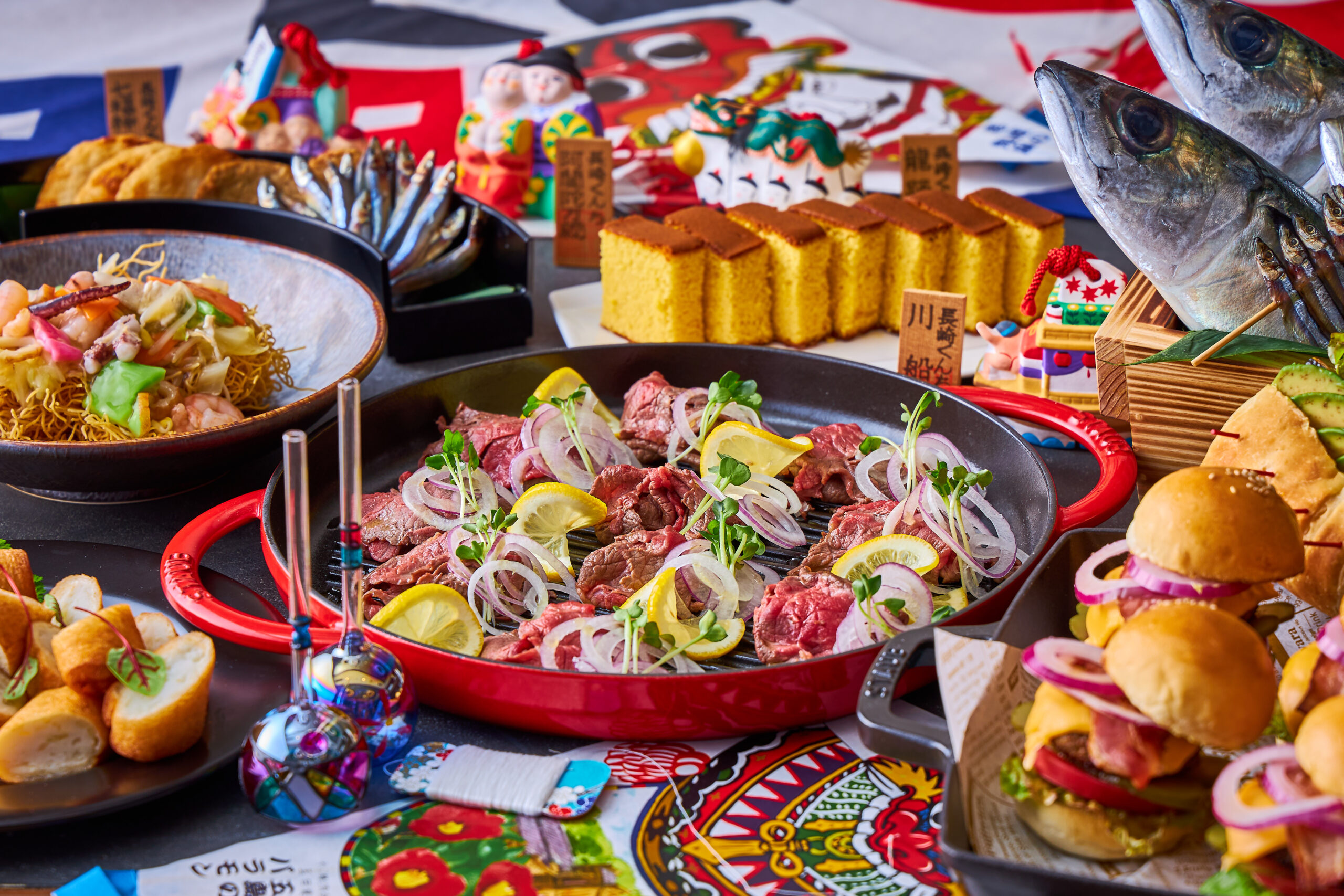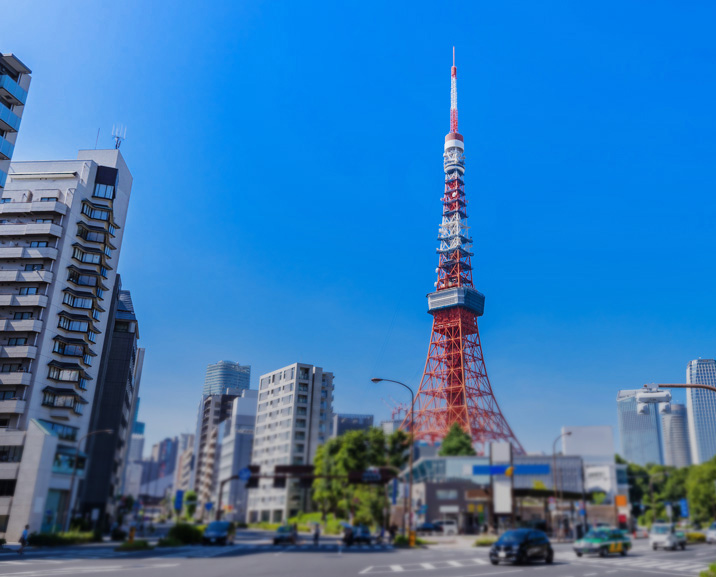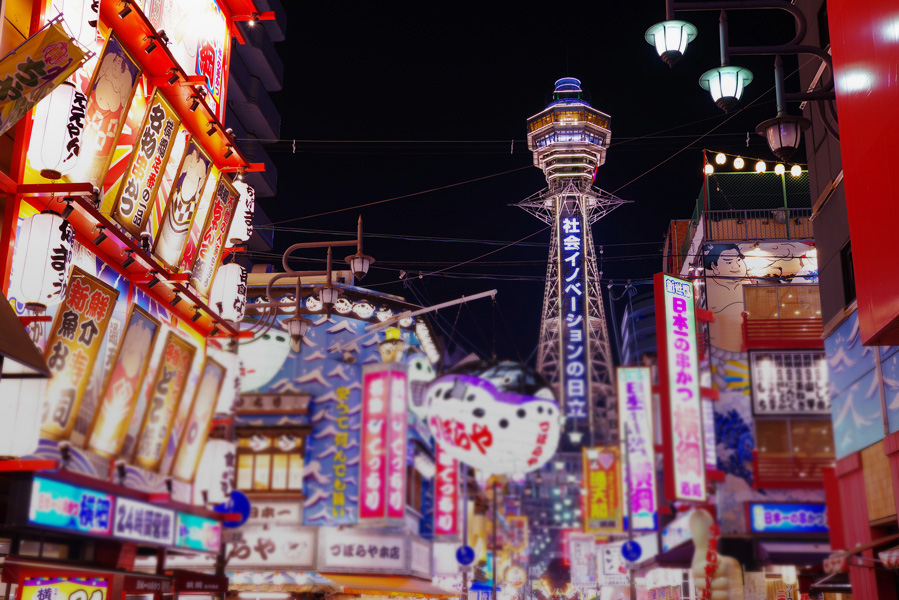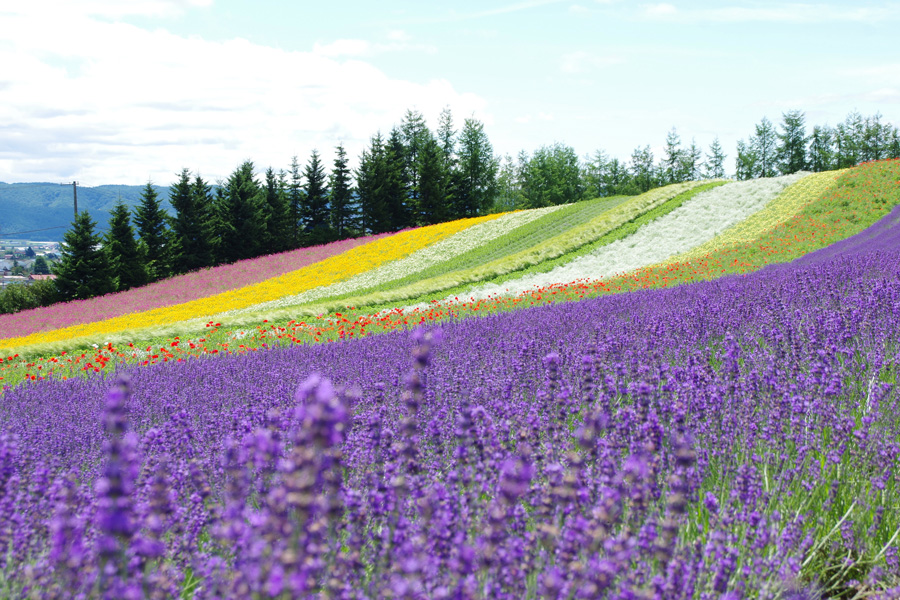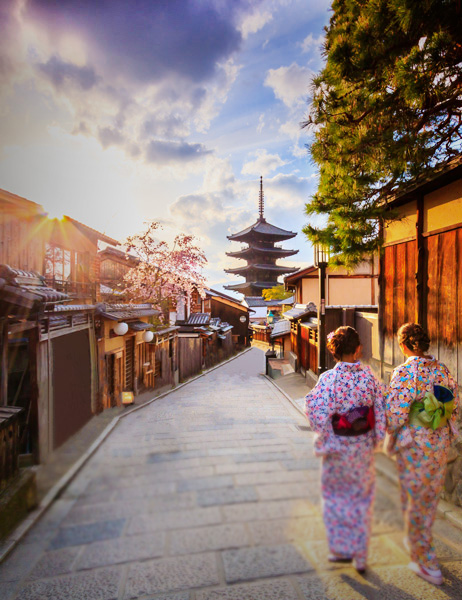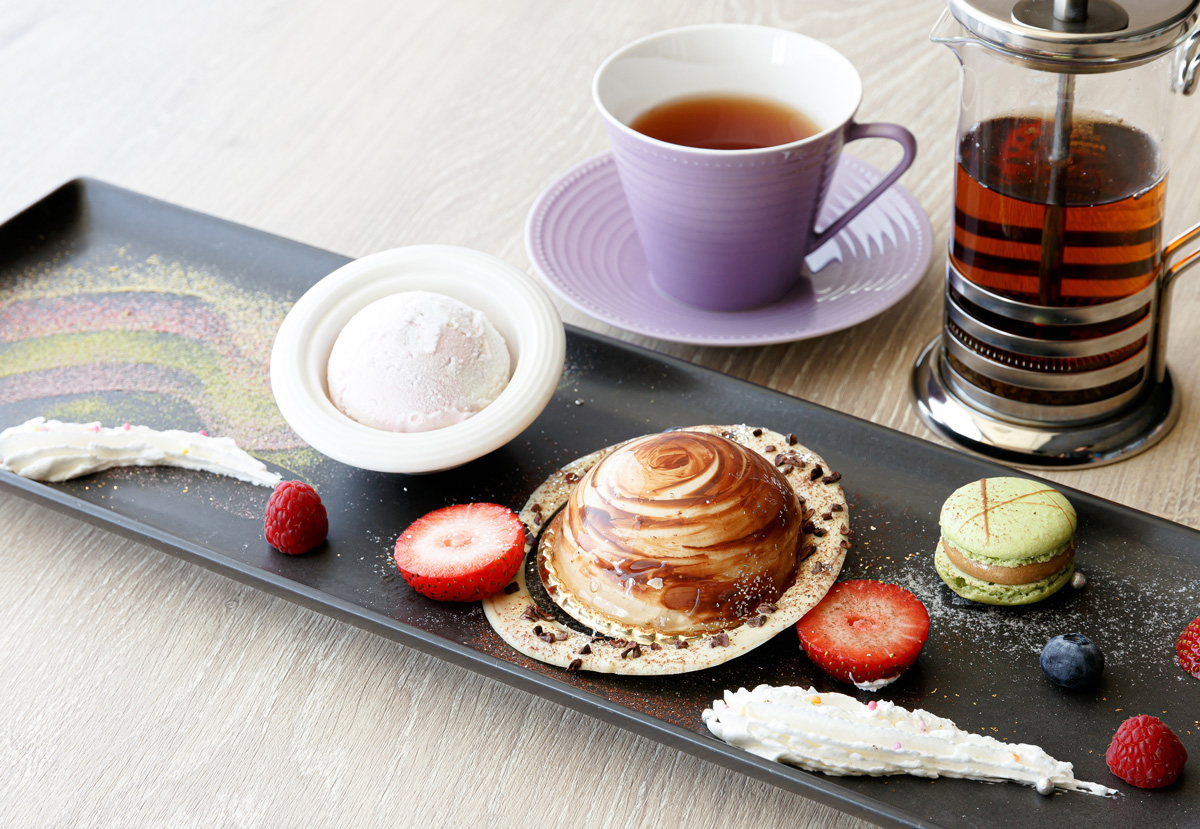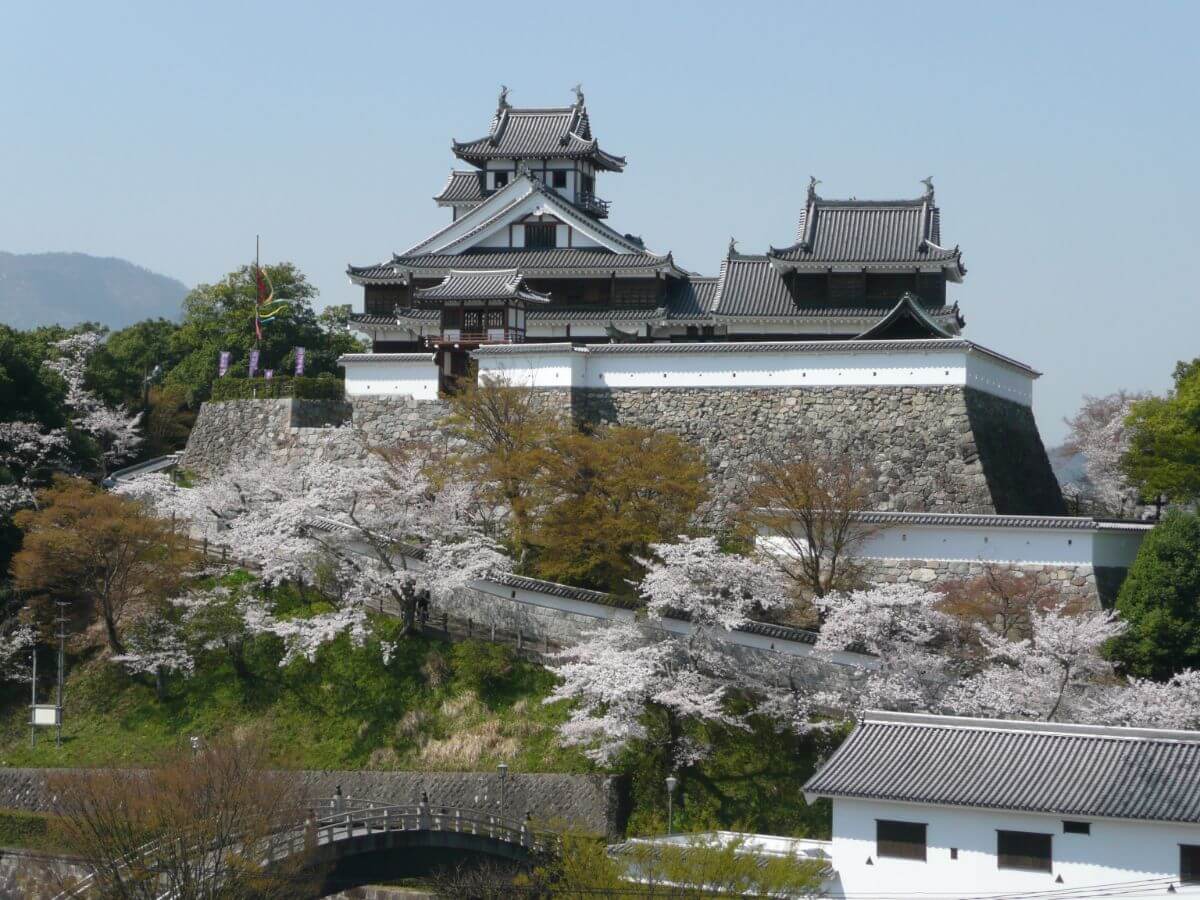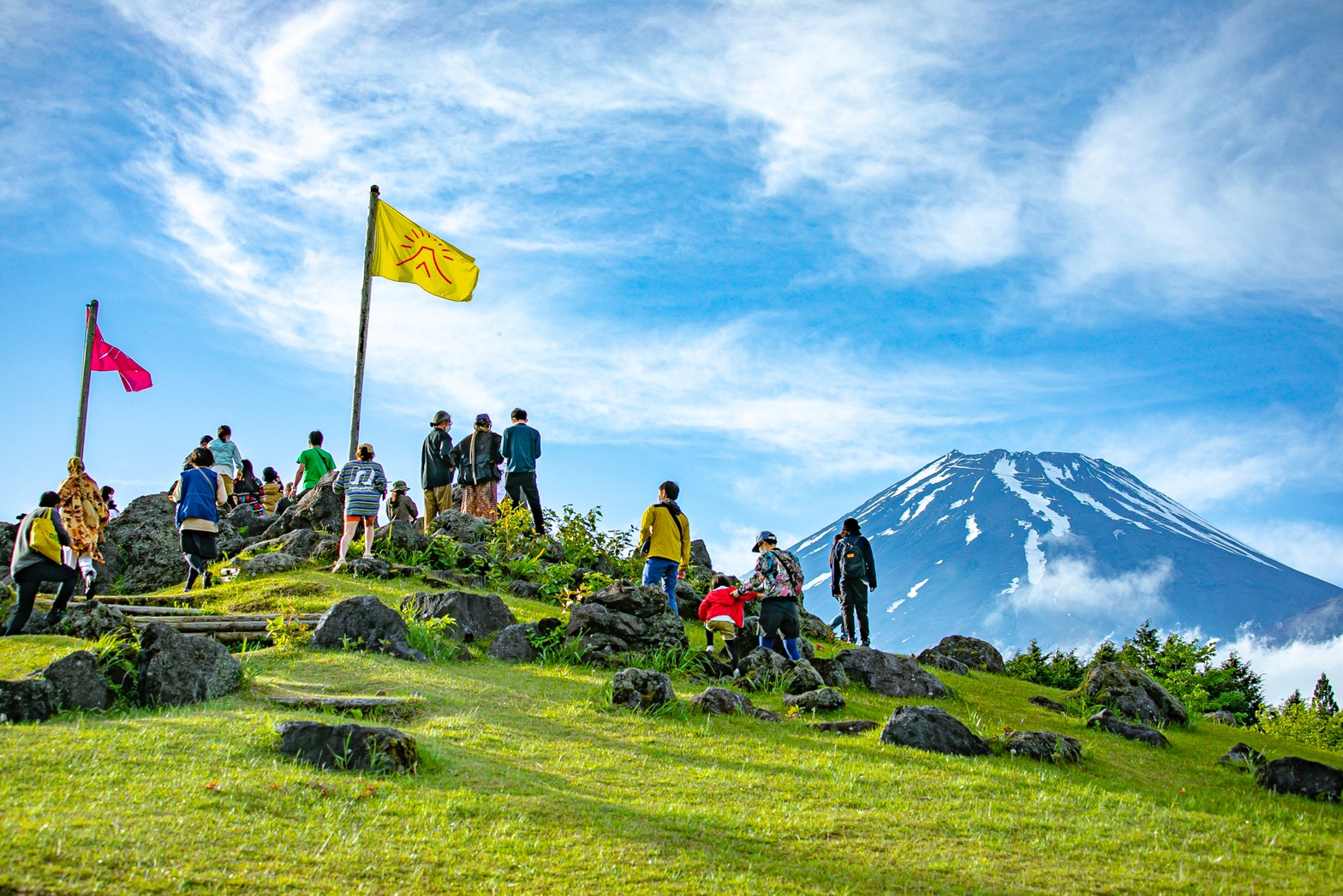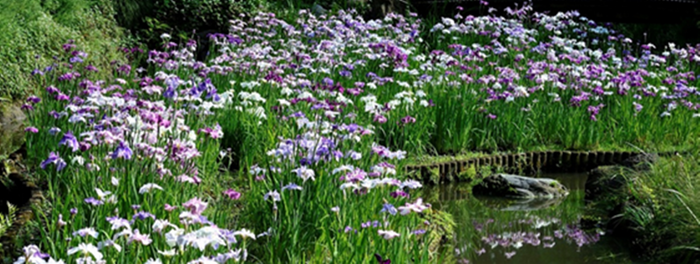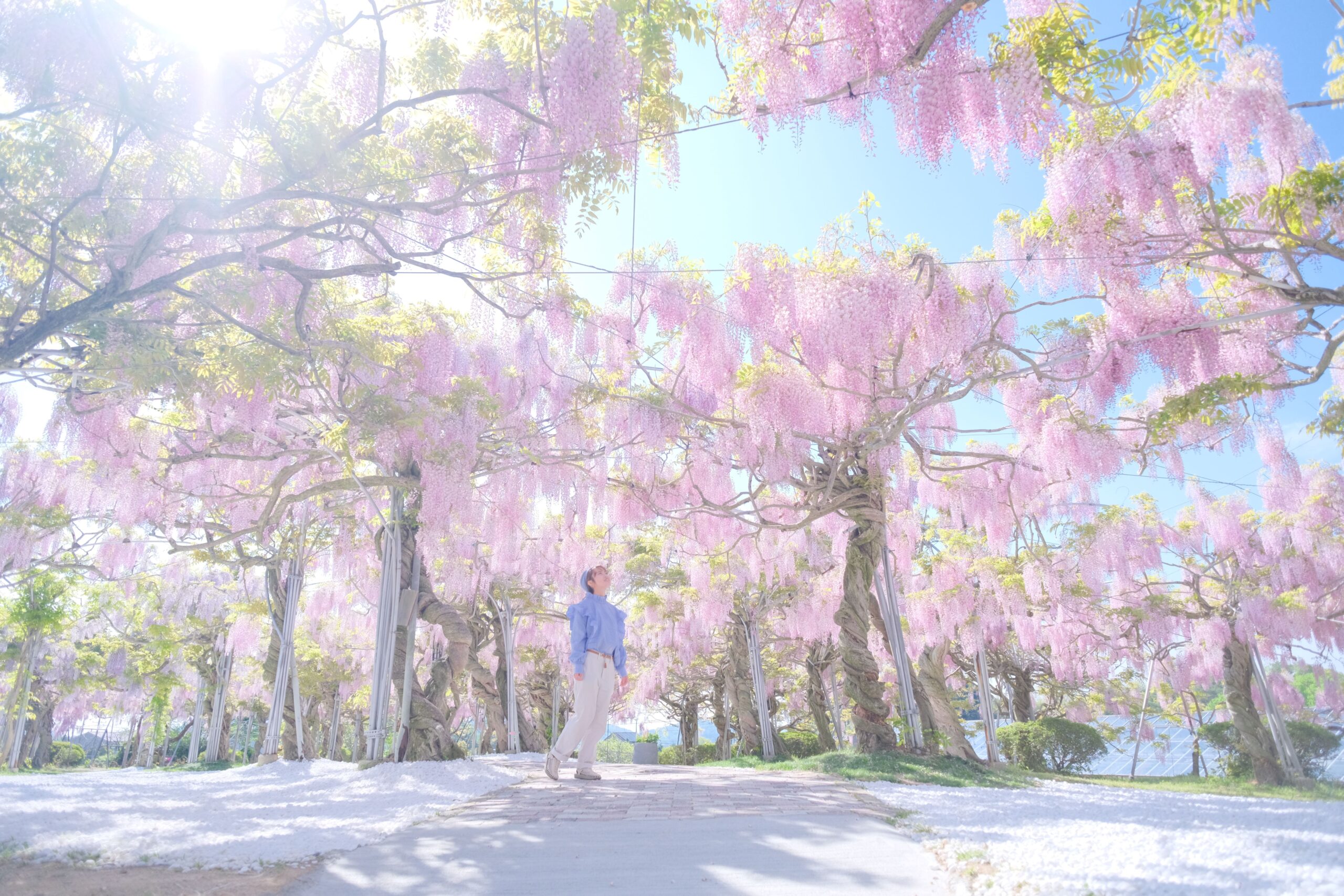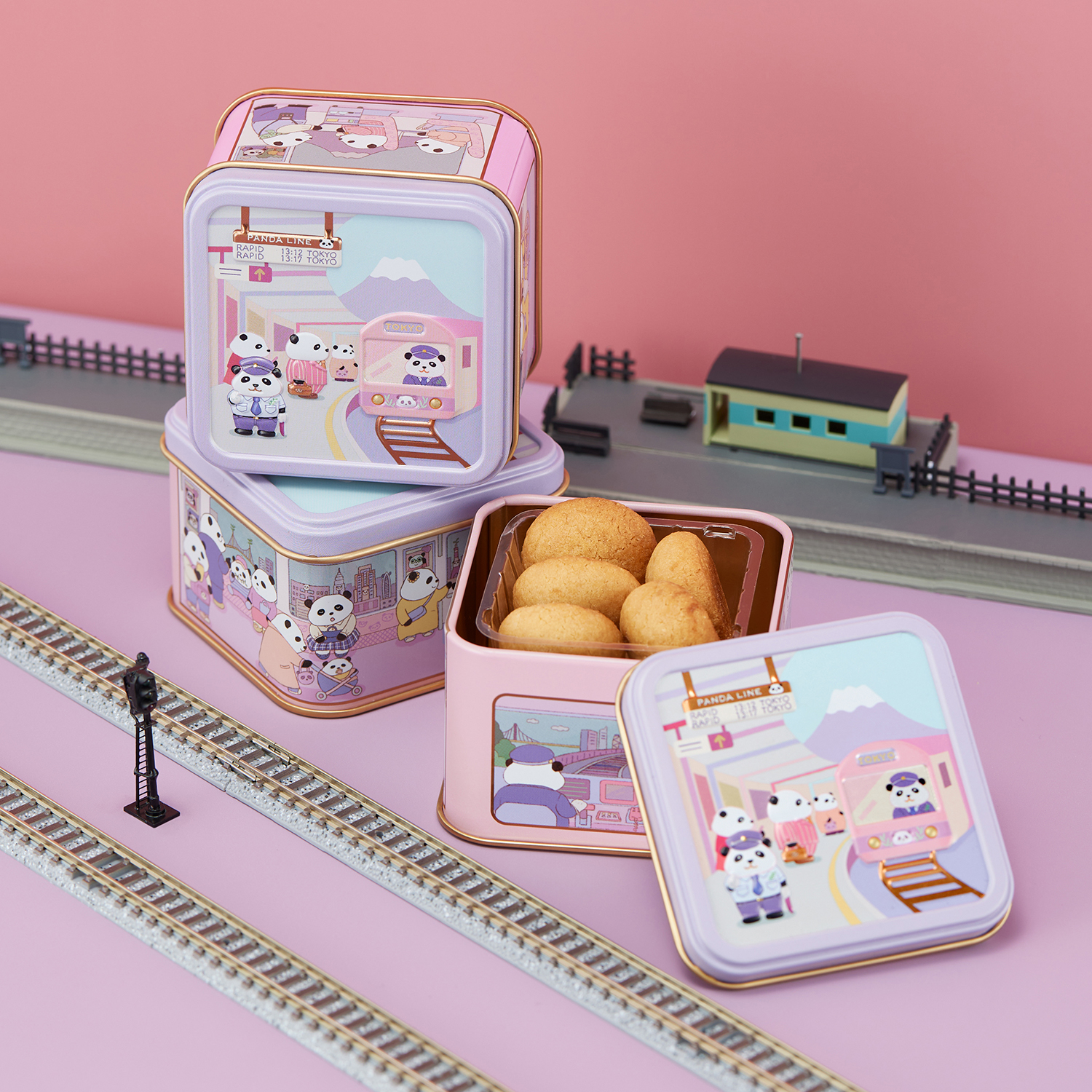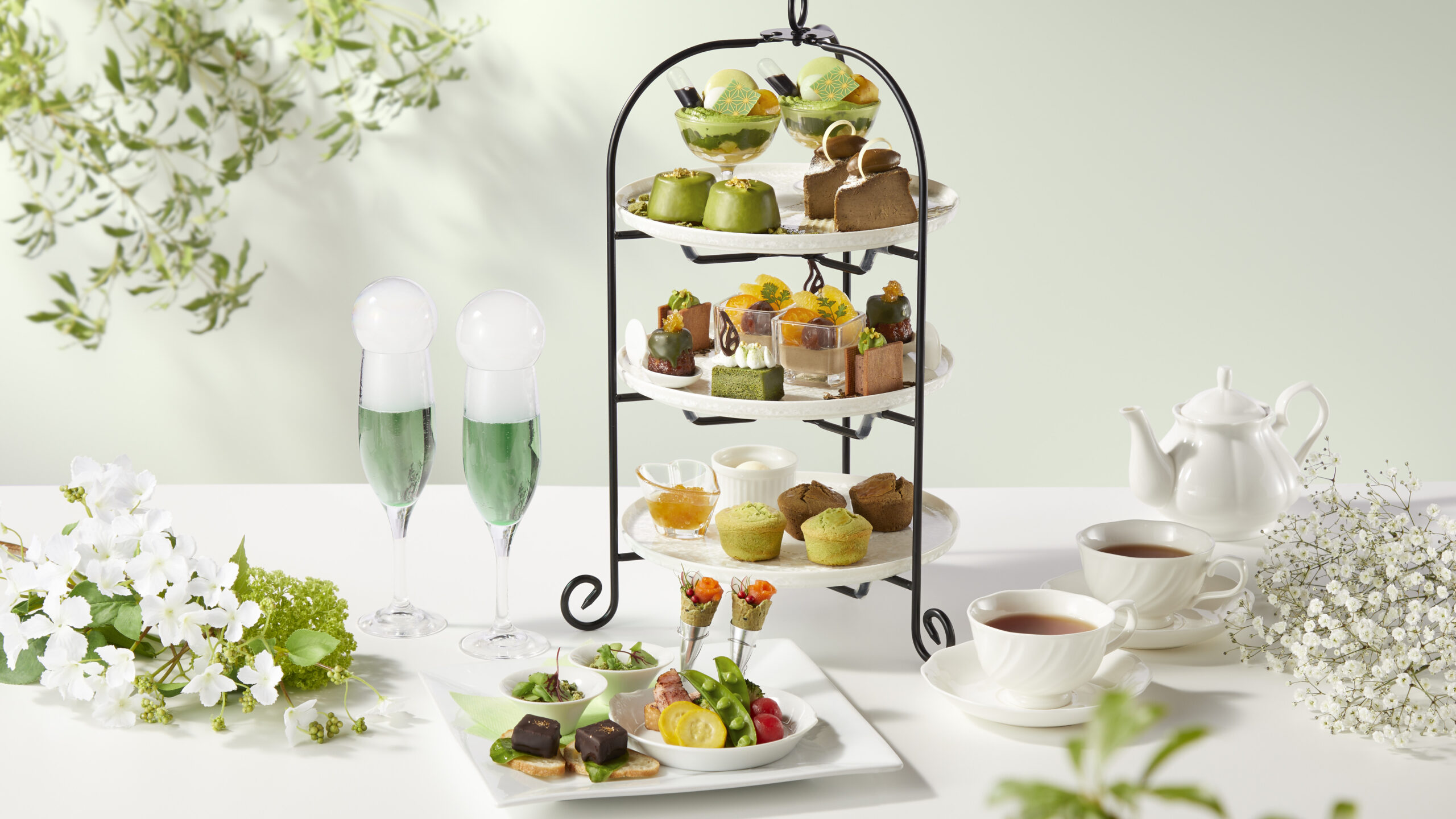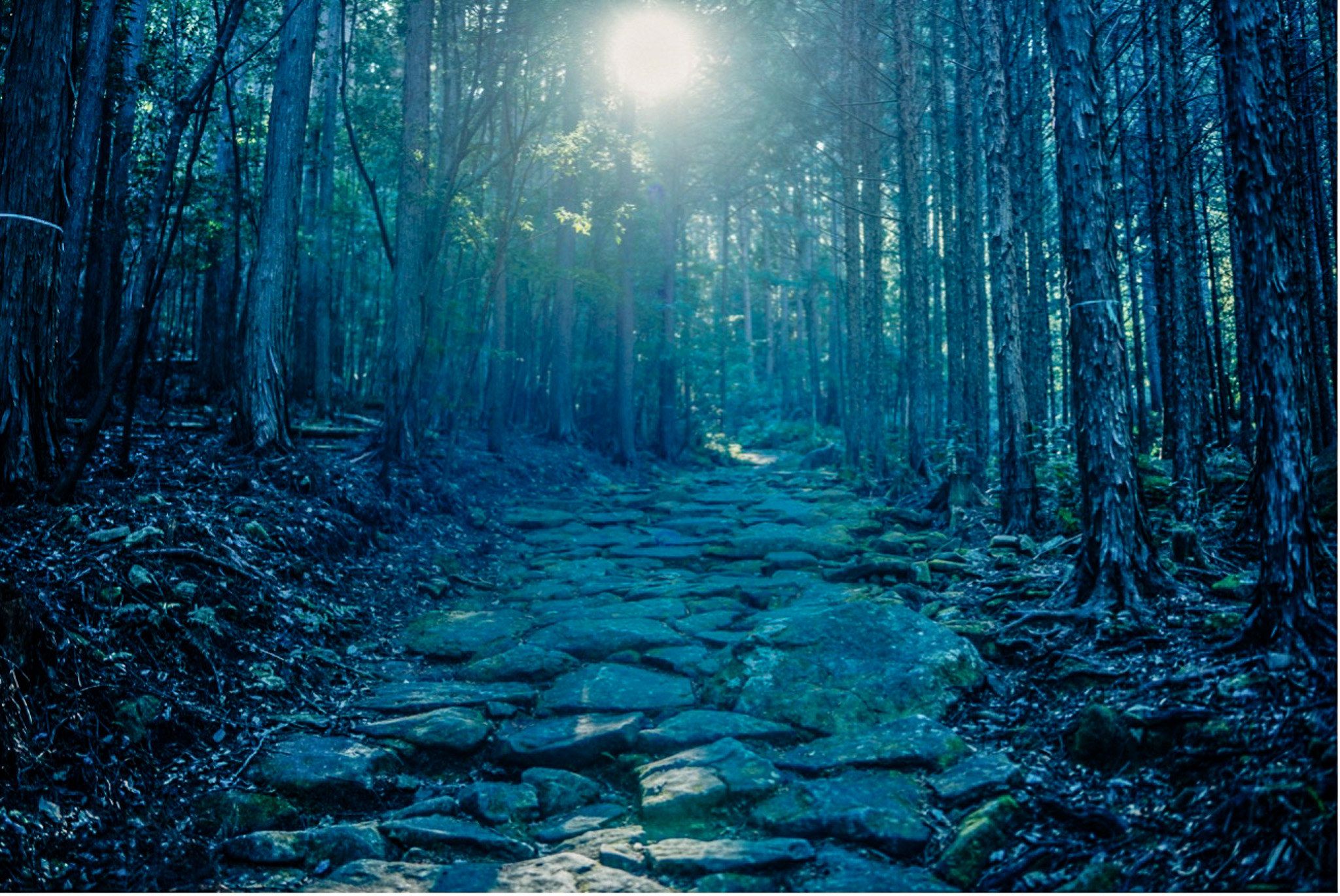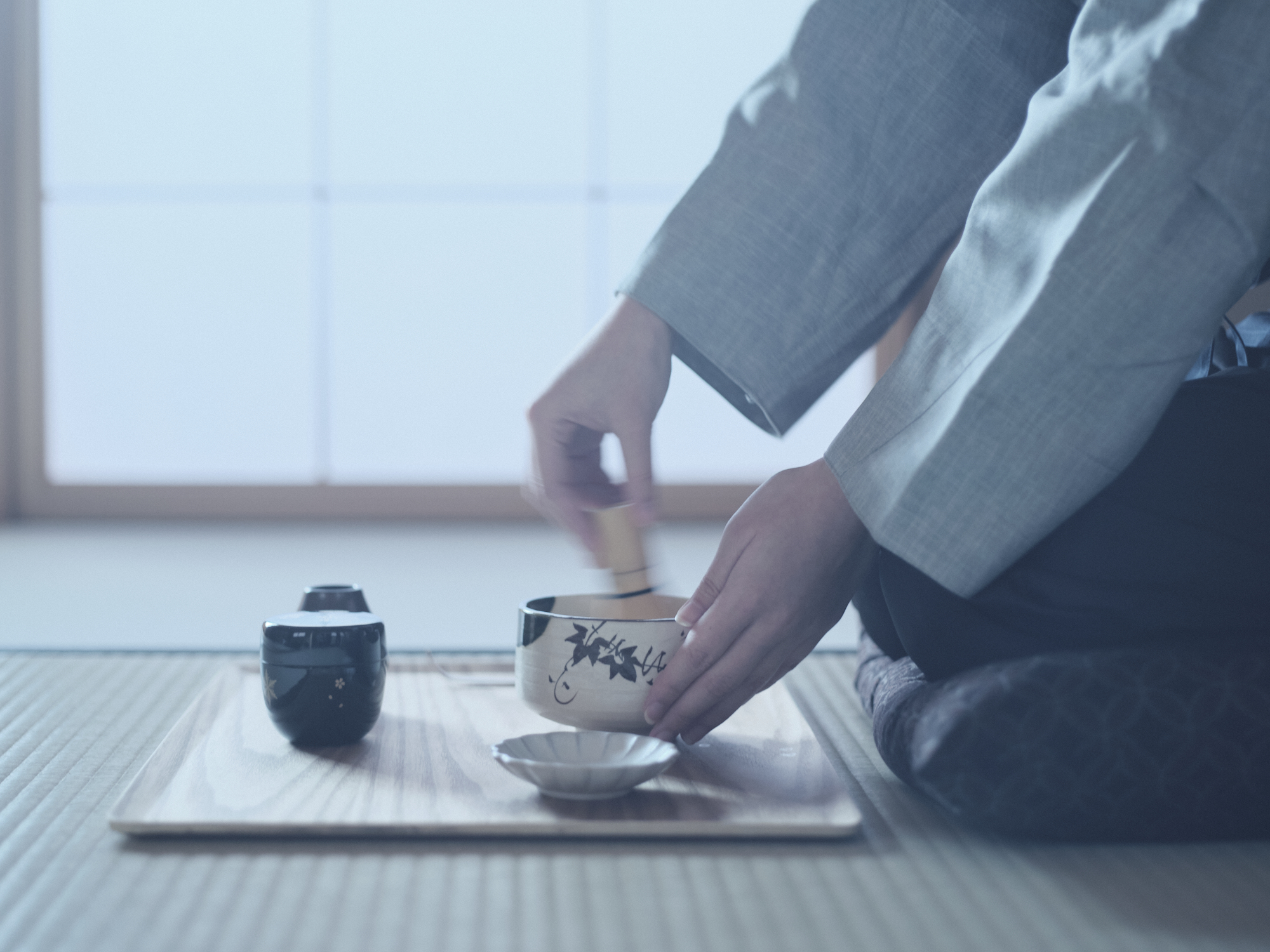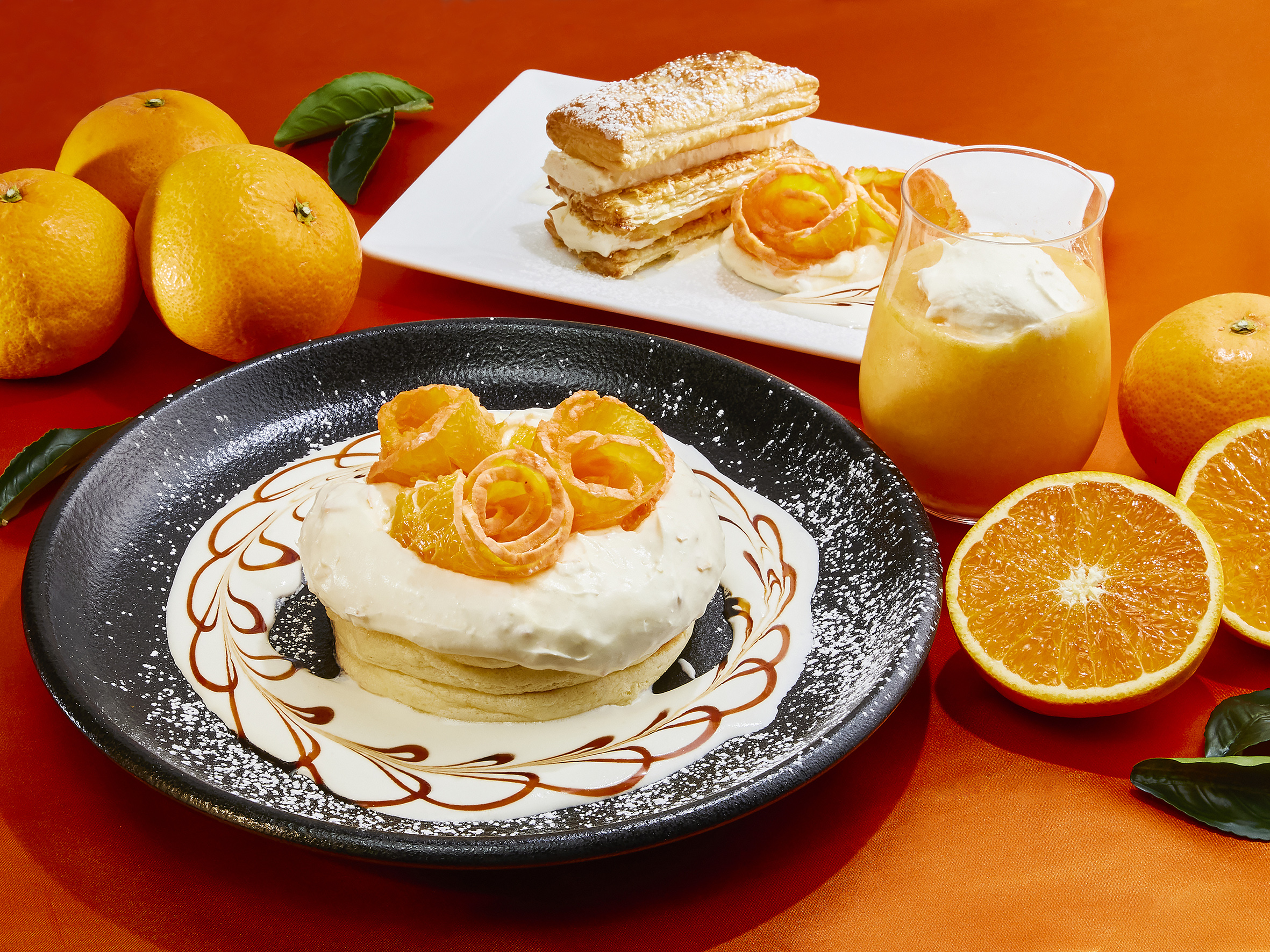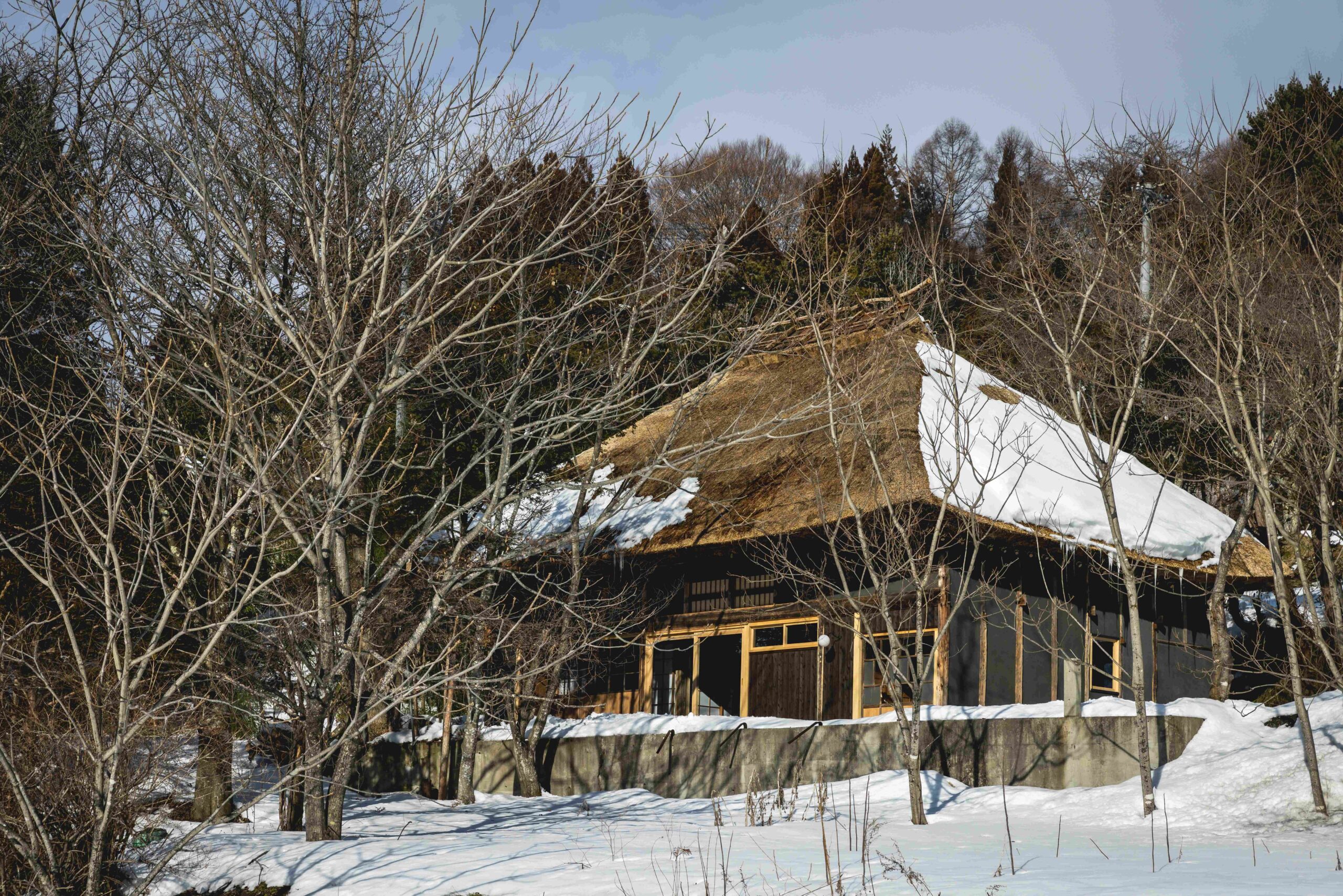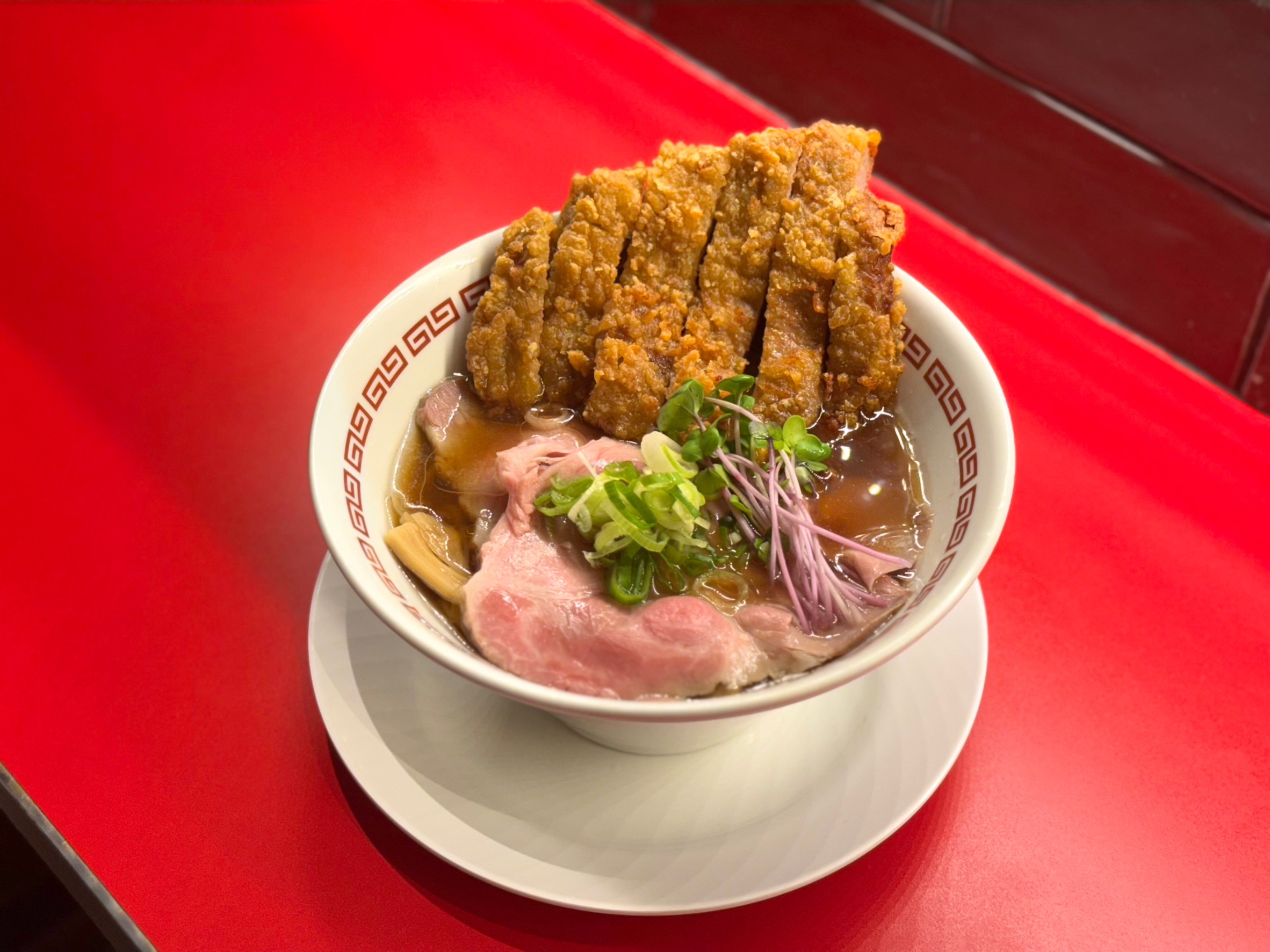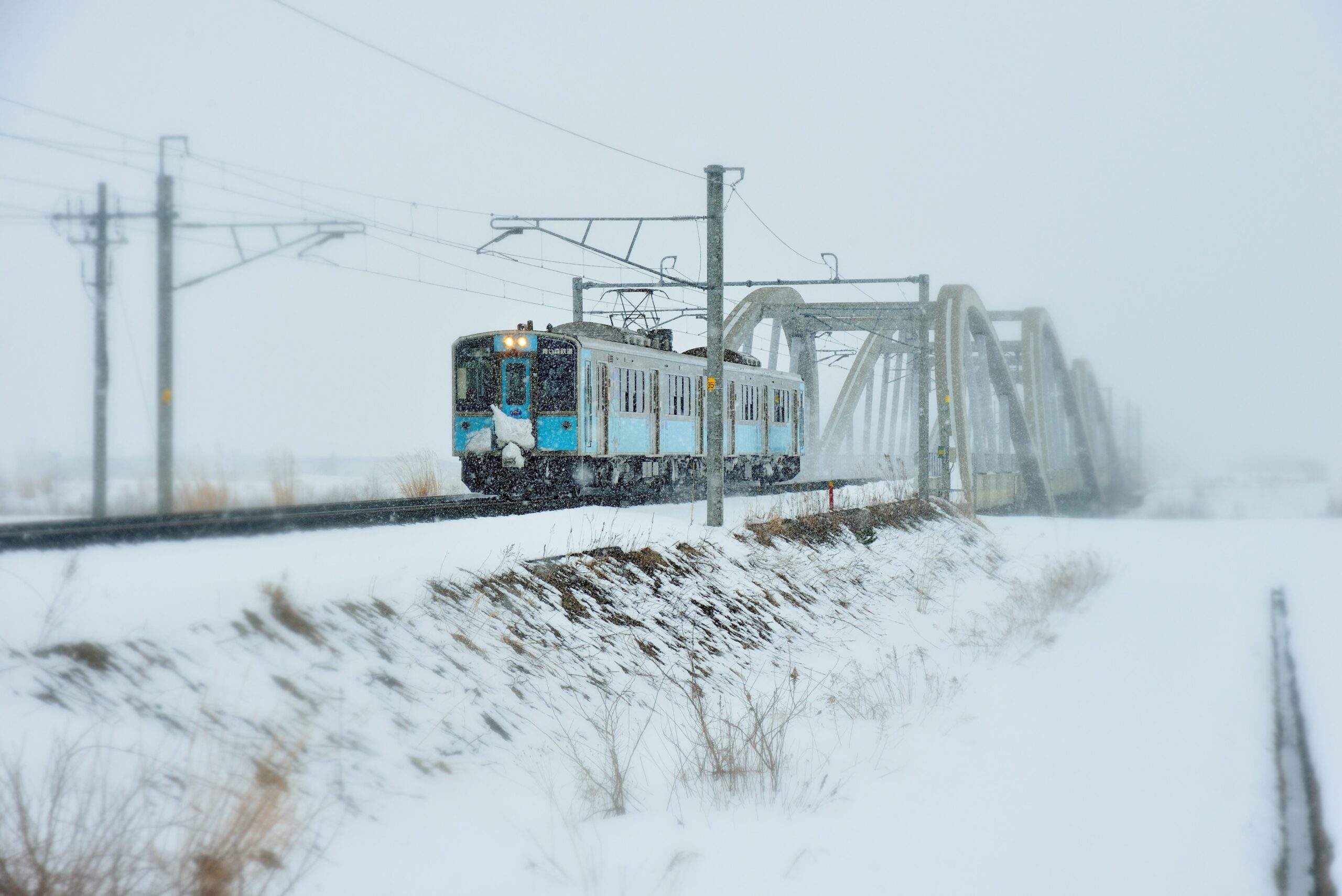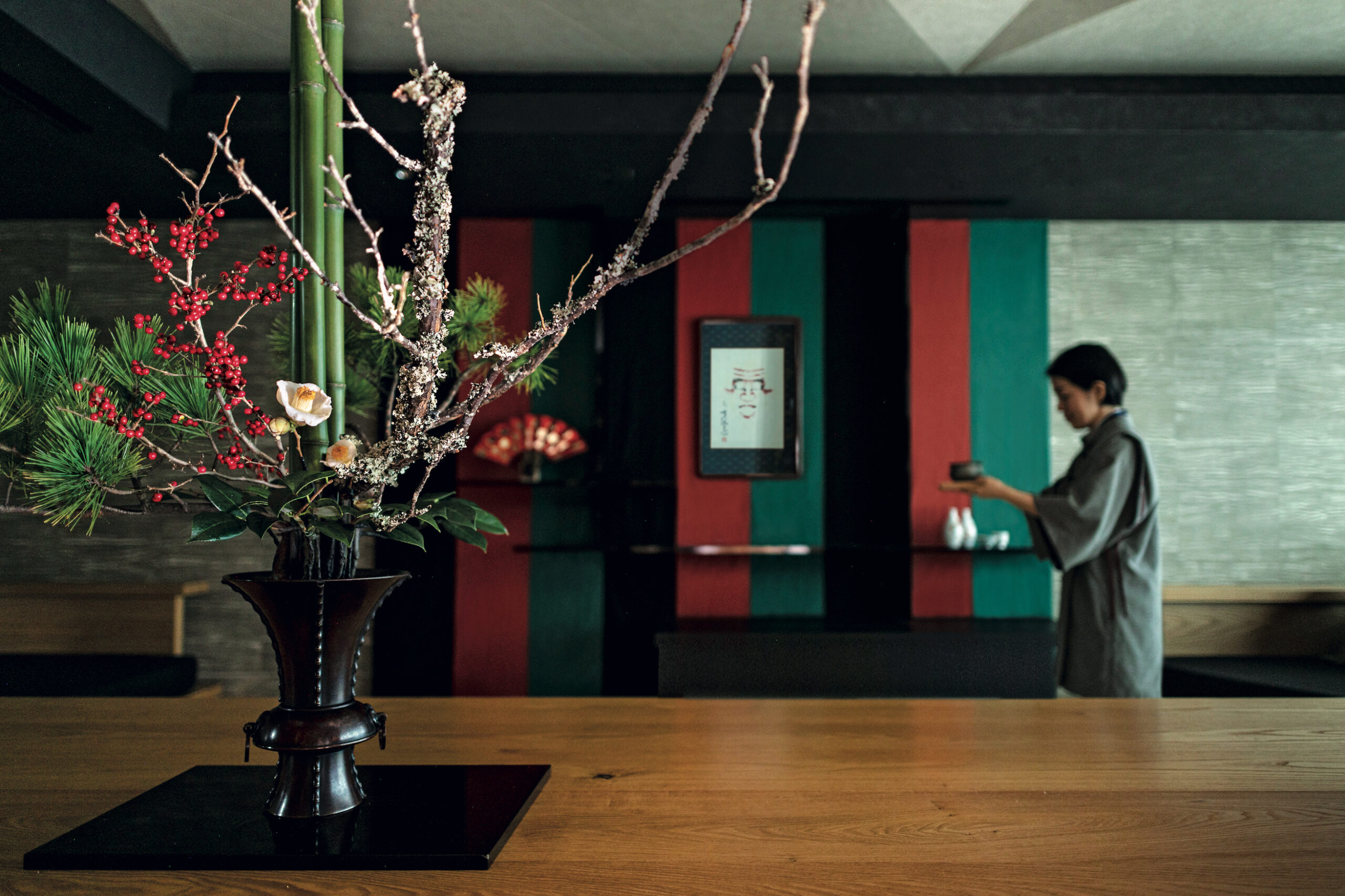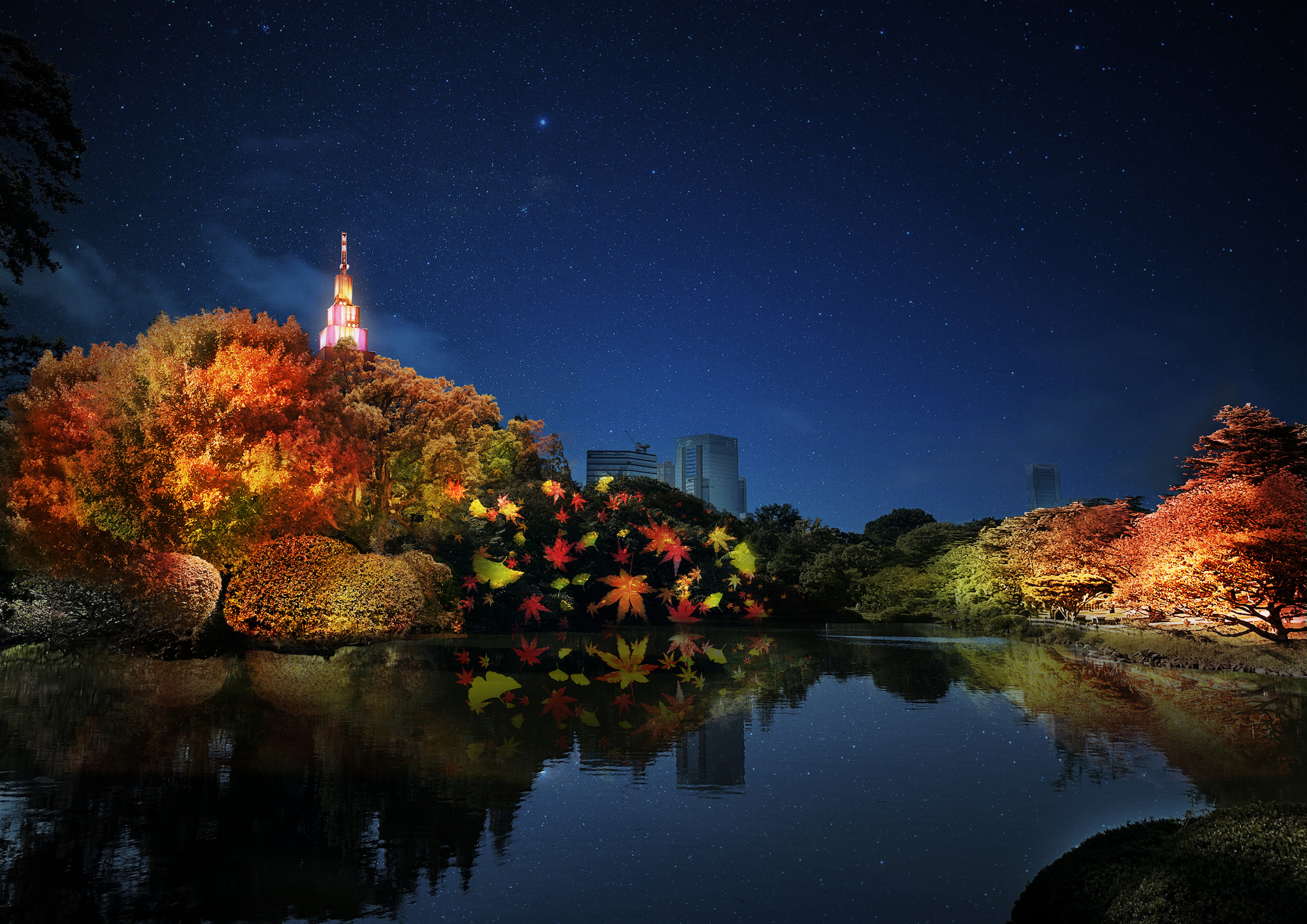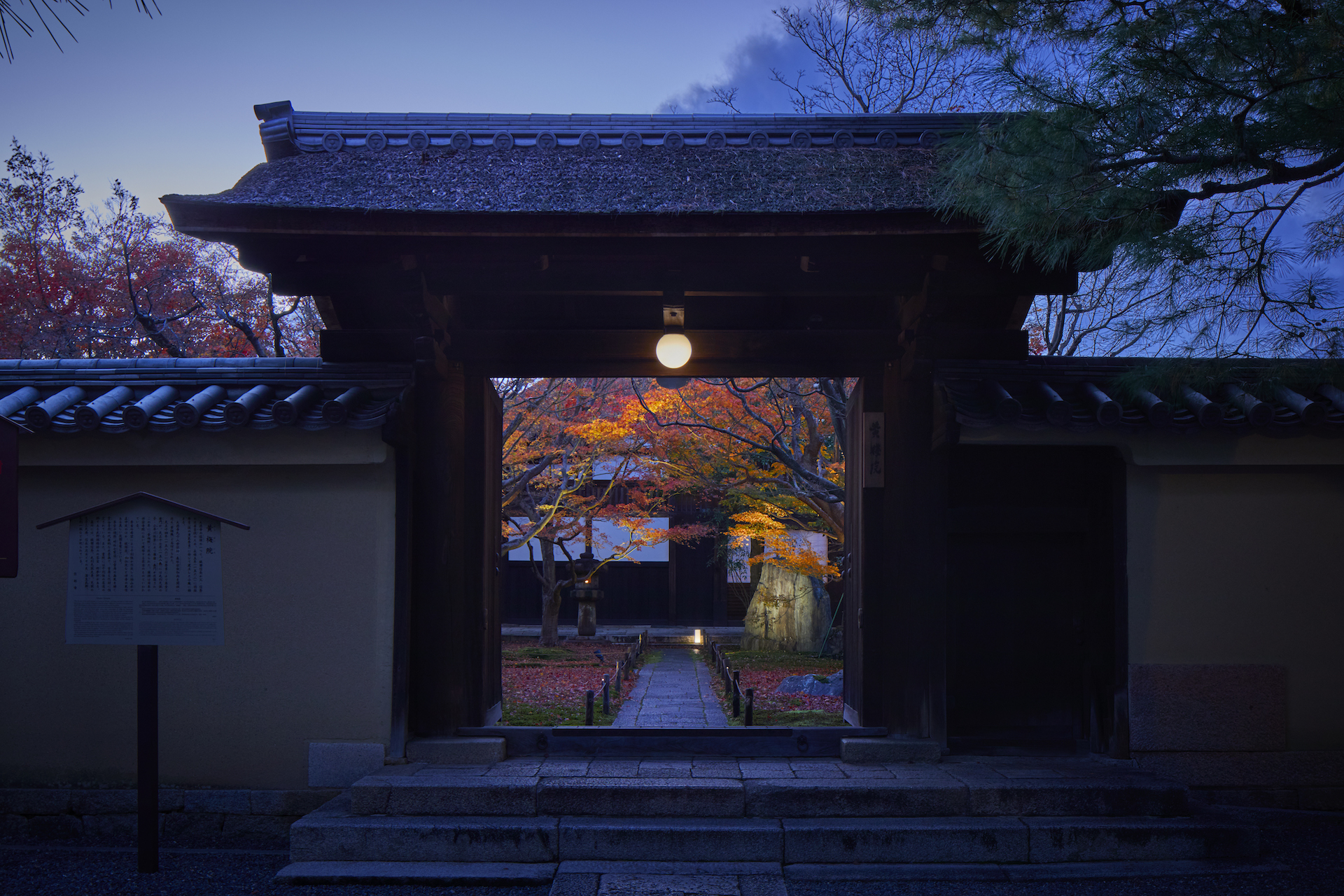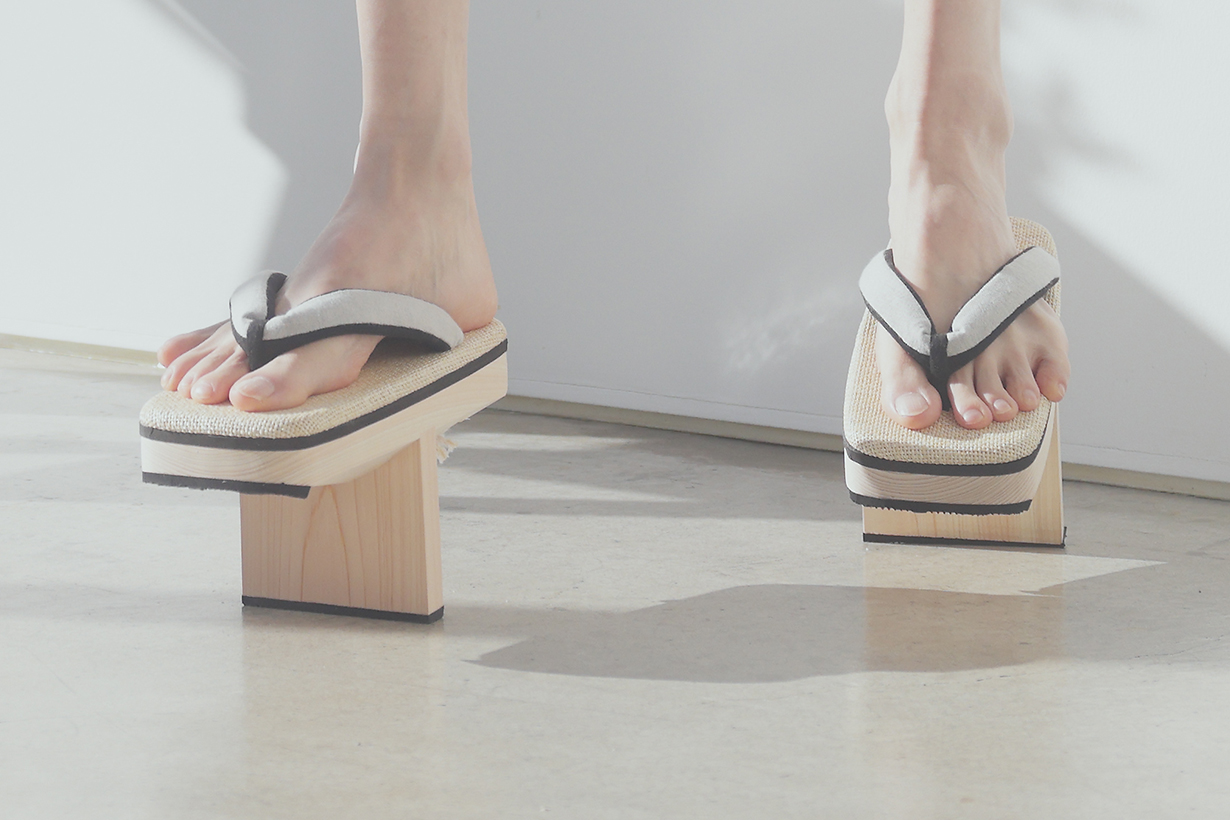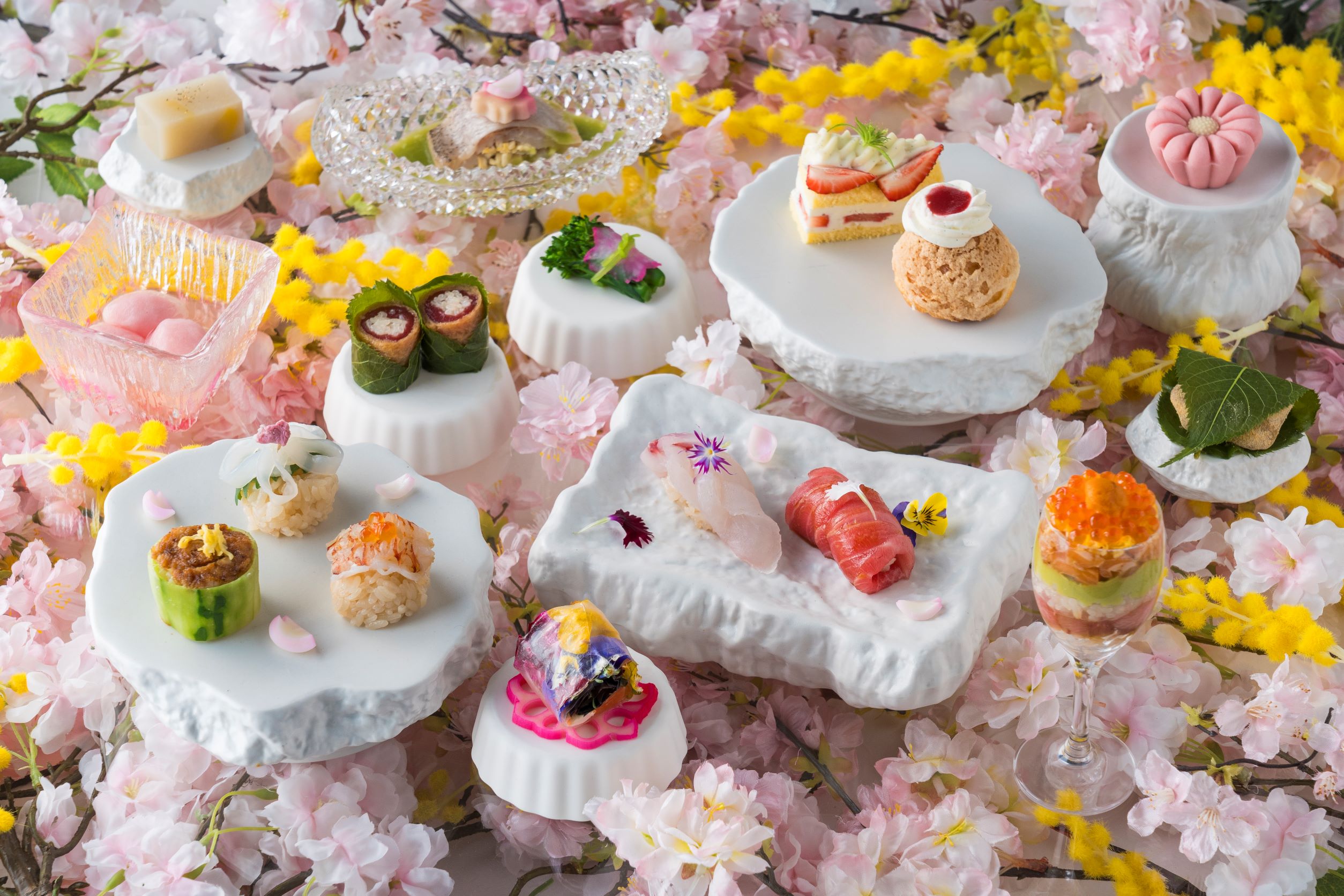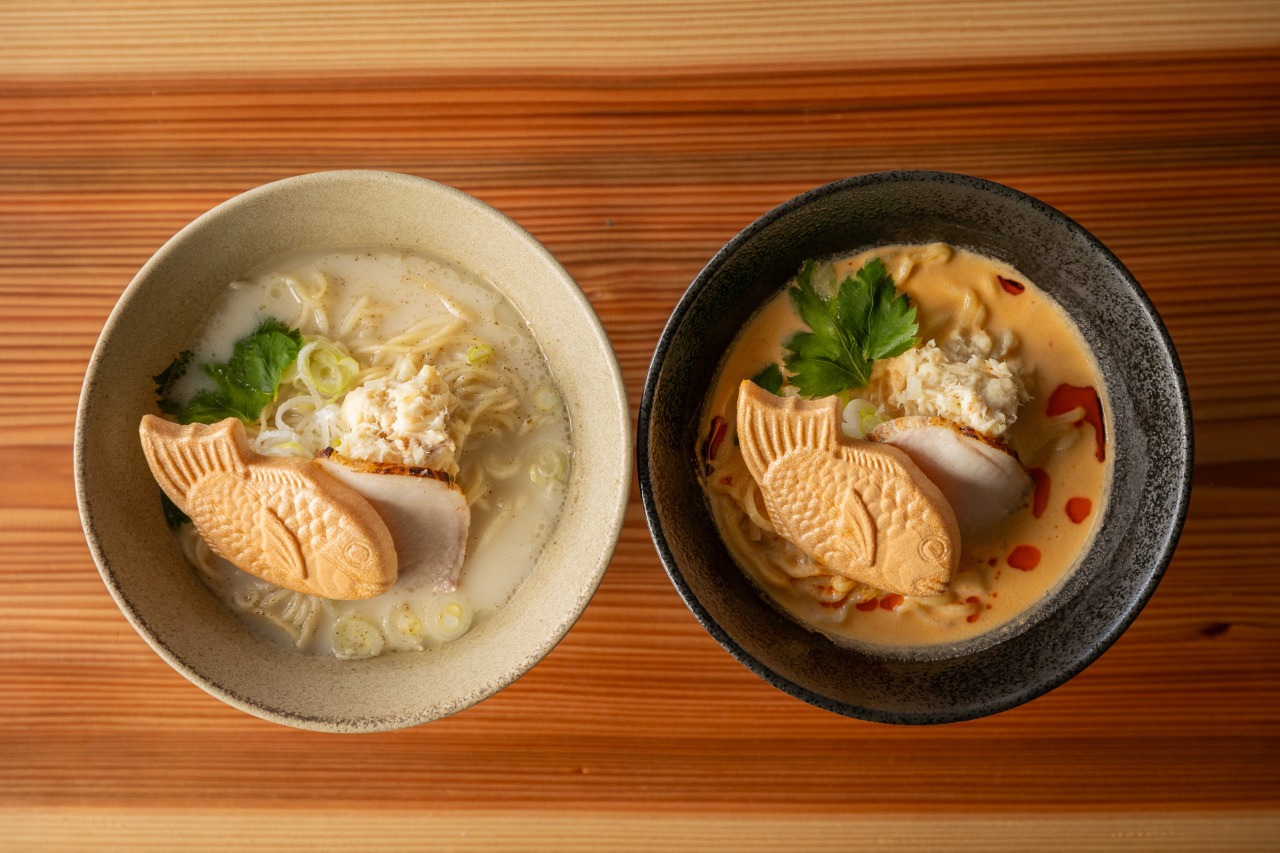It’s finally winter. An event will be held at the Japanese garden “Yushien” to color the coming season when the cold will be severe. Yuushien, located on the island of Daikon Island in the eastern part of the city, has been described as “one of the most beautiful gardens in Japan” and has been awarded three stars by the famous tourist guide “Blue Guide” along with the Michelin Guide.
From Saturday, November 14th, this garden is holding the illumination “Golden Country Zipangu 2020” that creates the vividness of winter. A total of 1.3 million illuminations and mapping by 50 projectors are a masterpiece! The lights that make the entire garden shine beautifully create a Japanese warmth.
At the eastern end of the Shimane Peninsula, there is Mihonoseki-cho, which is surrounded by the sea on three sides and has been called the “holy cape” and “port town close to God.” From the mythical era, which was the stage of national transfer, to the Edo era, which prospered on the Kitamaebune, to today. Living with God and living in the sea, the entire town is a historic area famous for its power spots.
As the name suggests, Aoishi Tatami Dori, which has been selected as one of the 100 best historical and cultural properties of fishing villages to be preserved in the future, is a stone pavement with beautifully paved blue stones, and the emotional scenery invites visitors to the unreal world. At night, Hirose-dyed lanterns are lined up on the street and illuminated with gentle lights. Mihonoseki is blessed with seafood, and you can enjoy pine needle crabs in the winter season.
Please come and experience the “winter tradition” presented by Matsue City, which cannot be enjoyed on a day trip alone.
Decorate the Japanese garden with a total of 1.3 million illuminations with Japanese production
Mapping the entire garden with 50 projectors, Shiraito Falls illumination, Izumo Fuji shining in 16.7 million colors, Fuji no Mori of 1,000 tsubo, the world of Yakumo spreading over it, digital bamboo grove, etc. This year, we used full pixel illumination. You can enjoy a lively production. Please see many Japanese productions, sounds and lights that are unique to “Nippon Garden Yuushien”, such as Japanese productions with Hanafuda motifs such as Hanafuda 48.
■ Event period
・ Autumn leaves illumination & illumination
November 14th-November 30th
·Christmas illumination
December 1st-December 27th
・ New Year Illuminations
January 2nd to January 11th
> Click here for details
Autumn leaves
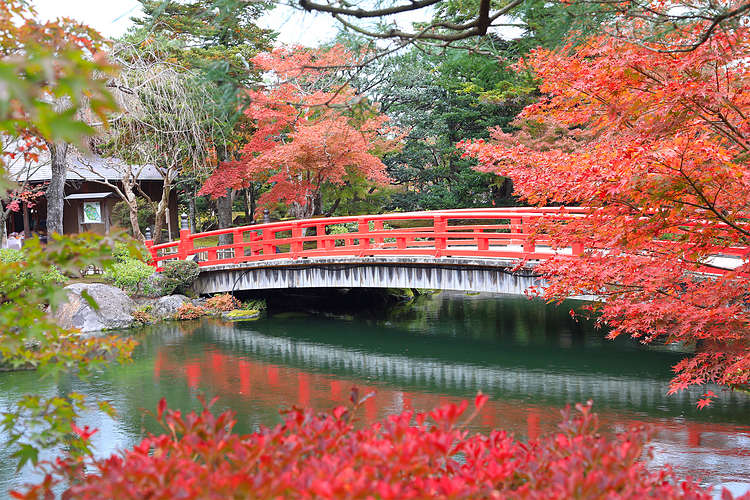
Autumn leaves are in full bloom from mid-November to late November, and the season of autumn leaves is also spectacular
More than 300 Japanese maples and Enkianthus perulatus are colored, and the garden is elegantly dyed. From January, we are planning the Kariyazaki exhibition (10th time next year).
Peony
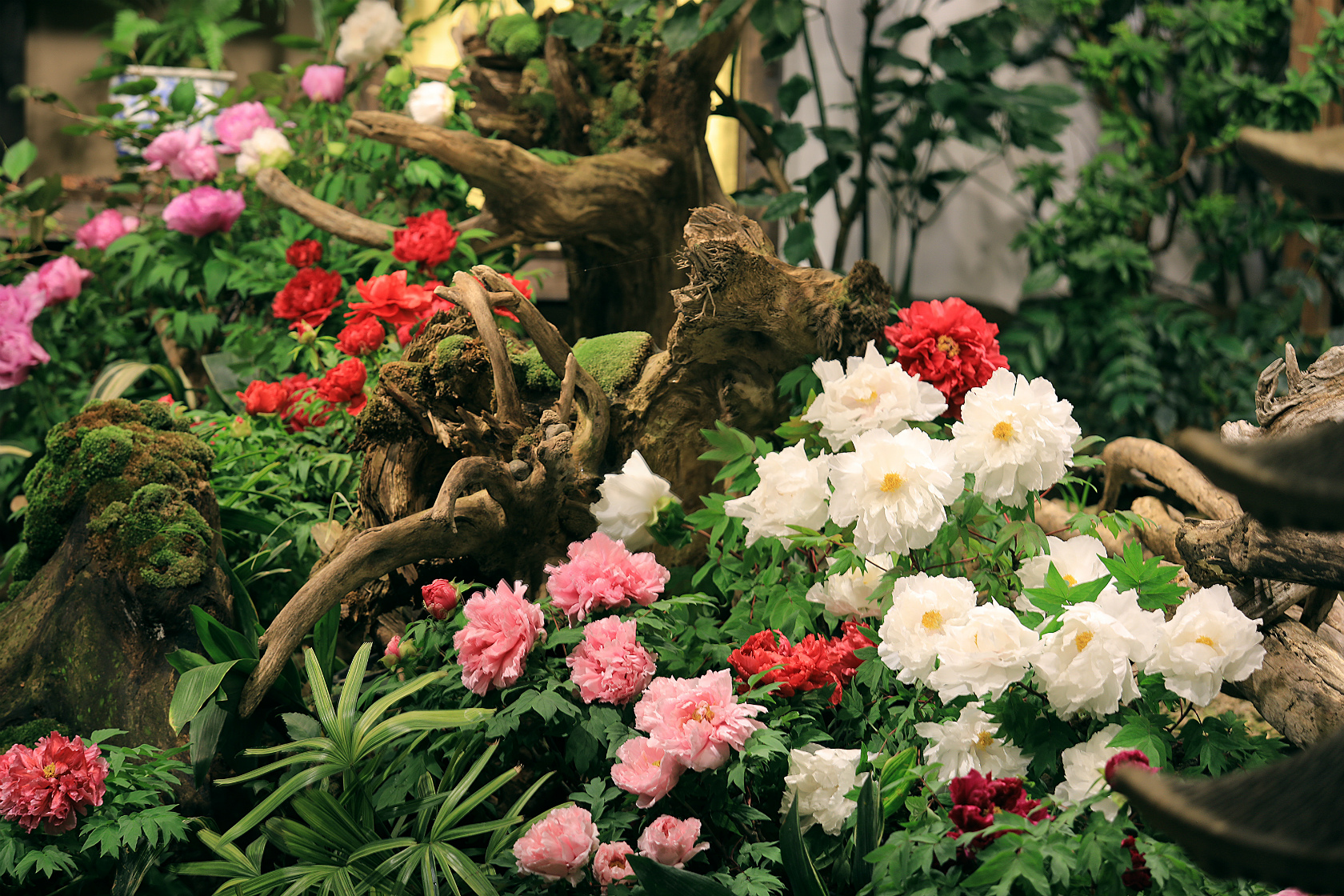
You can see the peony in full bloom throughout the year
The best time to see the outdoor peony garden is from early April to late May, but at the peony house, it is always in full bloom all year round. Large peony blooms regardless of the season by replanting pots every day and adjusting the temperature and humidity.
Ginseng
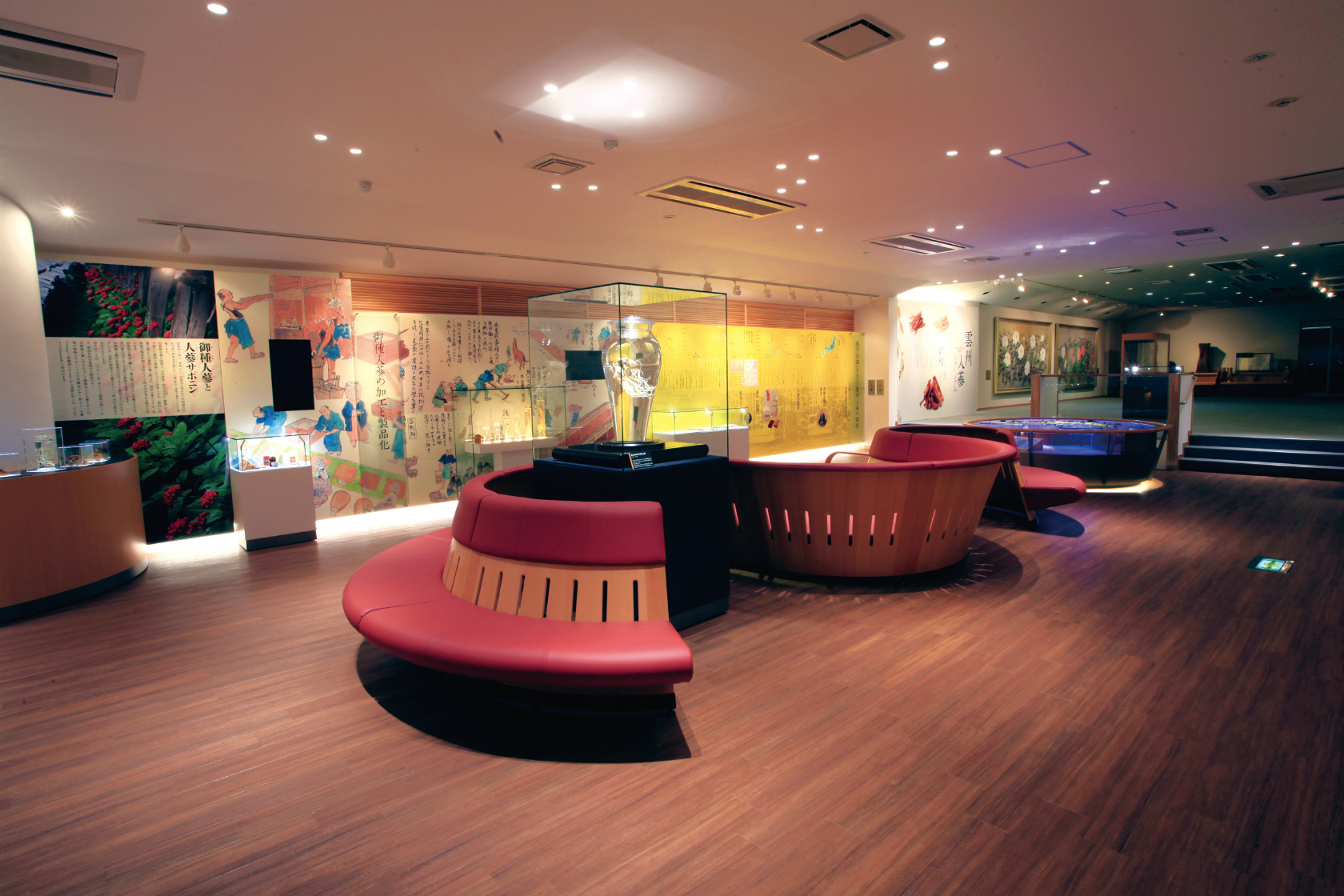
Ginseng on Daikon Island
The Yunshu Ginseng Museum introduces the history of Unshu Ginseng and its role as an industry with photographs and exhibits. In the park, you can sell products using ginseng, soap, lotion, etc., and enjoy drinks using ginseng at the coffee shop.
Japanese garden Yuushien
| Address: |
1260-2 Hanyu, Yatsuka-cho, Matsue-shi, Shimane |
| TEL: |
0852-76-2255 |
| Business hours: |
9: 00-17: 00 |
| Regular holiday: |
December 30th, 31st |
Admission fee
Other charges: |
800 yen to 1,200 yen |
* Varies depending on the flowering situation and the exhibition.
> Yuushien Official Homepage
Mihonoseki
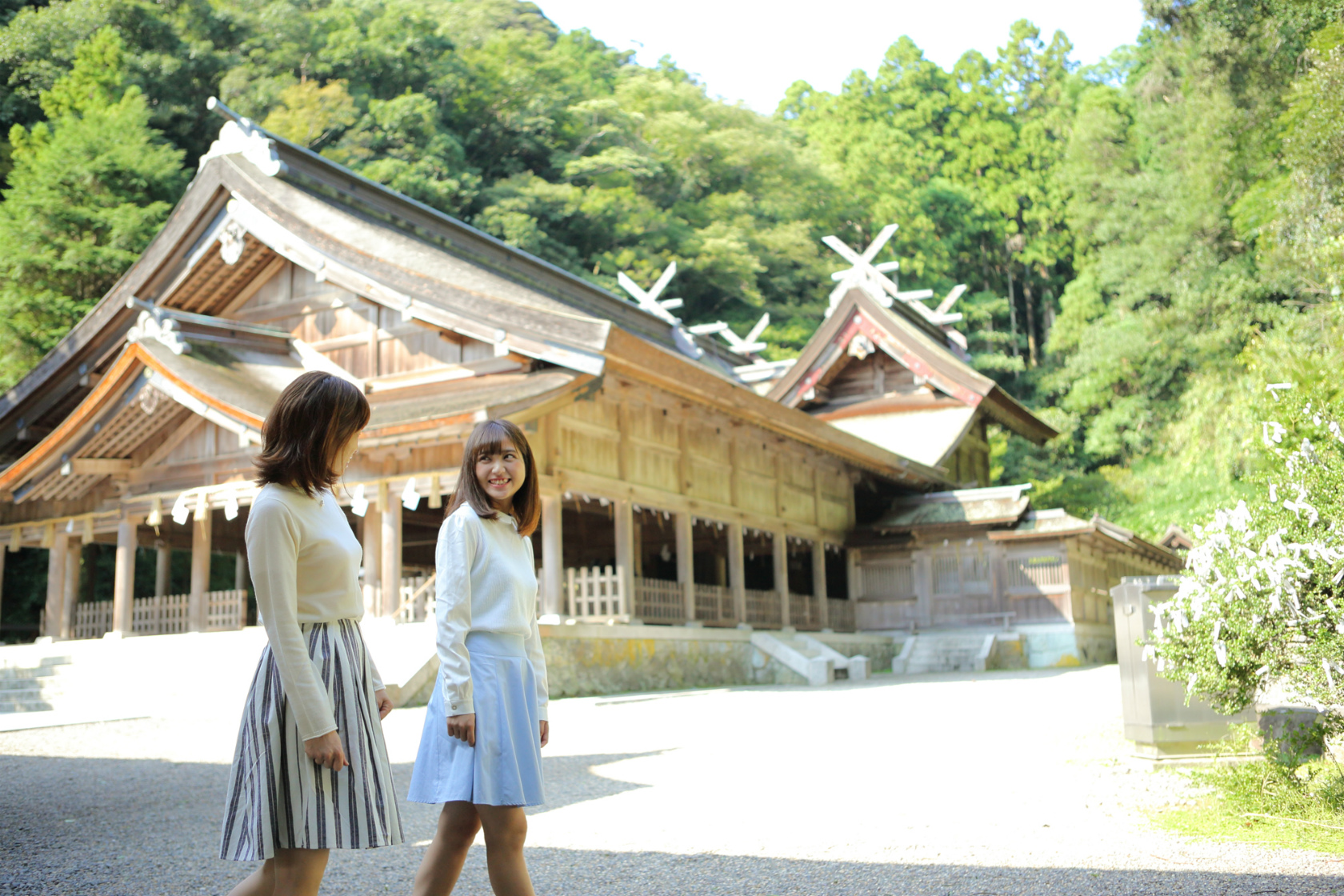
Mihonoseki, a sacred cape that connects God, the sea, and people
Mihonoseki-cho, which is surrounded by the sea on three sides at the eastern end of the Shimane Peninsula, prospers as a gateway to fishing and the sea, and is called a sacred cape. From the mythical era, which was the stage of national transfer, to the Edo era, which prospered on the Kitamaebune, to today. Everything in the city that has lived with God and has been alive in the sea is a place that can be called a power spot.
> Mihonosekicho Homepage
Historical street

Aoishi Tatami Dori that invites Japanese nostalgia
It was laid in the late Edo period from the cultural year to the Koka year (1804-1847). At that time, the sea stones in the area were cut out and laid as pavement to improve the efficiency of loading and unloading work.
Seafood
The blessings of seafood surrounded by the sea on three sides
Grilled squid, dried squid overnight, grilled turban shell, freshly boiled pine needle crab. Mihonoseki’s specialty of the blessings of the sea is endless. You can also eat at the stalls. You can buy it as a souvenir. You can enjoy it slowly at the inn. Please enjoy the taste of winter.
God of good fortune

Ebisu-sama’s main shrine “Miho Shrine”
An old shrine that is enshrined with Mihotsuhime, the mother goddess, at the main shrine of Kotoshironushi (Ebisu-sama). The main shrine is a special form of two Taisha-zukuri buildings lined up, and is designated as a national tangible cultural property, called Miho-zukuri or Hiwa Taisha-zukuri. Every morning and evening 365 days a year, a congratulatory speech and a shrine maiden dance (some days with only drums and flutes) are held in gratitude for Shinon.
Ebisu Daikoku both visits
Daikoku-sama of Izumo Taisha and Ebisu-sama of Miho Shrine are gods of parents and children. It is said that worshiping at one shrine is called “one-sided visit”, and it is said that you will be blessed with a better relationship by “both-sided visit”. Please come and join us so that you can have a happy relationship and have both feelings.
December Miho Shrine Festival
■ Morotebune Shinto ritual (December 3)
The Morotabune Shinto ritual is a messenger of the great power (Okuninushi no Mikoto) in the “Kuniyuzuri myth” written in “Kojiki” etc. It is a ship Shinto ritual that reproduces the appearance of coming to the living son Ebisu.
■ Tradition and practice
“Chicken”, a creature that God hates
Mihonoseki has a long tradition of saying, “Don’t eat chicken or chicken eggs. Don’t keep chickens.” This is because the enshrined “Ebisu-sama” was determined to be an abominable creature as a factor that injured his own leg.
Re Happy! Campaign

[New campaign starting in December! ]
■ The first new campaign of the local government!
Matsue City is the first municipality to launch a campaign targeting “sister cities” and “members of the city people’s association”. Reservations will be accepted from December 18th (Friday) at any time. The target period is from January 1st (Friday) to March 10th (Wednesday). This is a campaign that offers a half-price discount (up to 5,000 yen discount) for accommodation, so please use it.
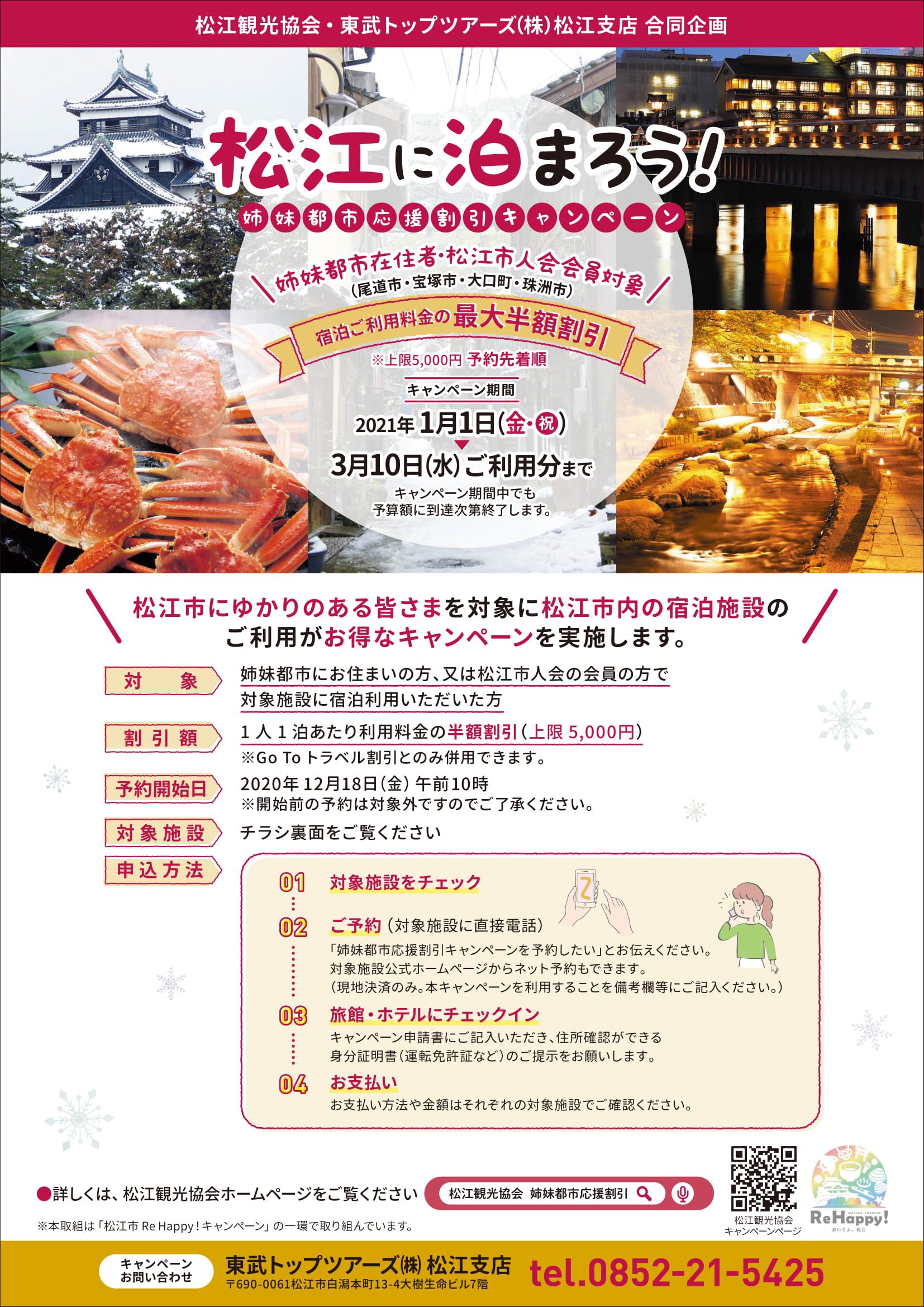
Sister city support discount campaign
Period: January 1st-March 10th
> Click here for campaign details
■ Can be used with GO TO Travel Campaign
This is a great plan that you can use both GO TO Travel and Re happy! Campaign.
● Campaign Terms of Use
・ Products eligible for the campaign will be our accommodation plan.
・ The target is limited to those who live in 9 prefectures in the Chugoku / Shikoku region.
・ This campaign can be used in combination with “GoTo Travel”.
・ Persons (adults and children) whose travel price per person is 10,000 yen (tax included) or more are eligible.
Accommodation campaign in Matsue, Shimane
Period: December 1st-January 31st
> Click here for campaign details
